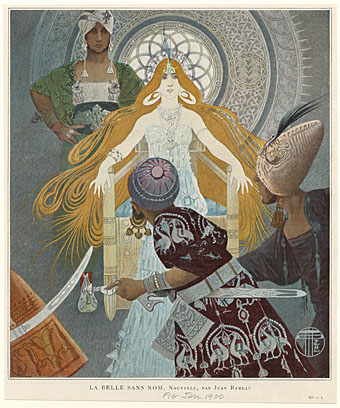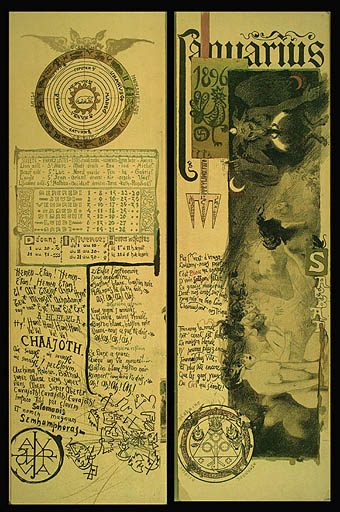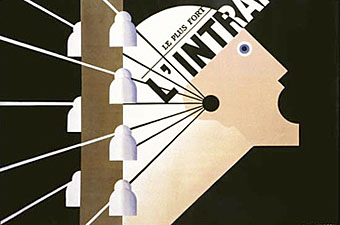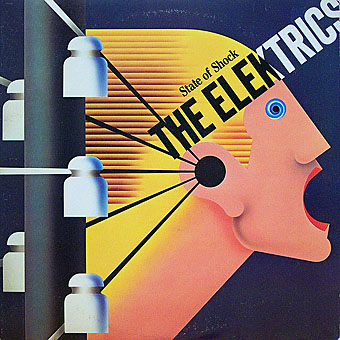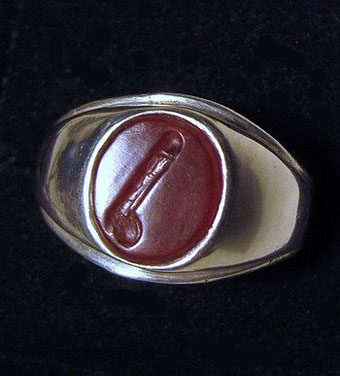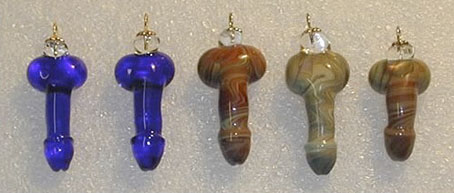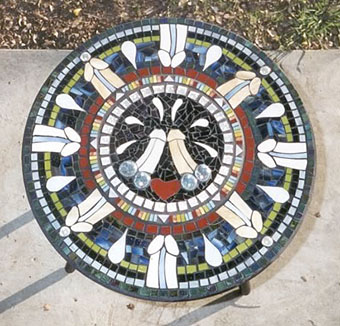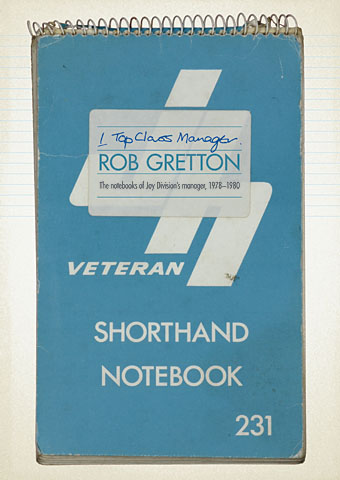
1 Top Class Manager is a book bearing the subtitle “The notebooks of Joy Division’s manager, 1978–1980” published this week by Anti-Archivists, Manchester. I’ve been working on the design for this on and off since March although we actually started putting it together this time last year.
Rob Gretton, manager of Joy Division and later New Order, died in 1999 so this is something of a memorial to his work in giving Joy Division the status they have today. Rob’s widow, Lesley, oversaw (and paid for) the production. She and editor Abigail Ward contributed much to my design efforts which underwent considerable back and forth adjustment until we had something everyone was happy with. Some spreads from the book follow below and when I get the time I’ll add larger page views to the book design section of the main site. Music critic and historian Jon Savage wrote the foreword. This was an exciting and fascinating project to be involved, not least for the wealth of rare documentary material which it reveals.
1 Top Class Manager is available via mail order from the book’s website.
Continue reading “1 Top Class Manager”

